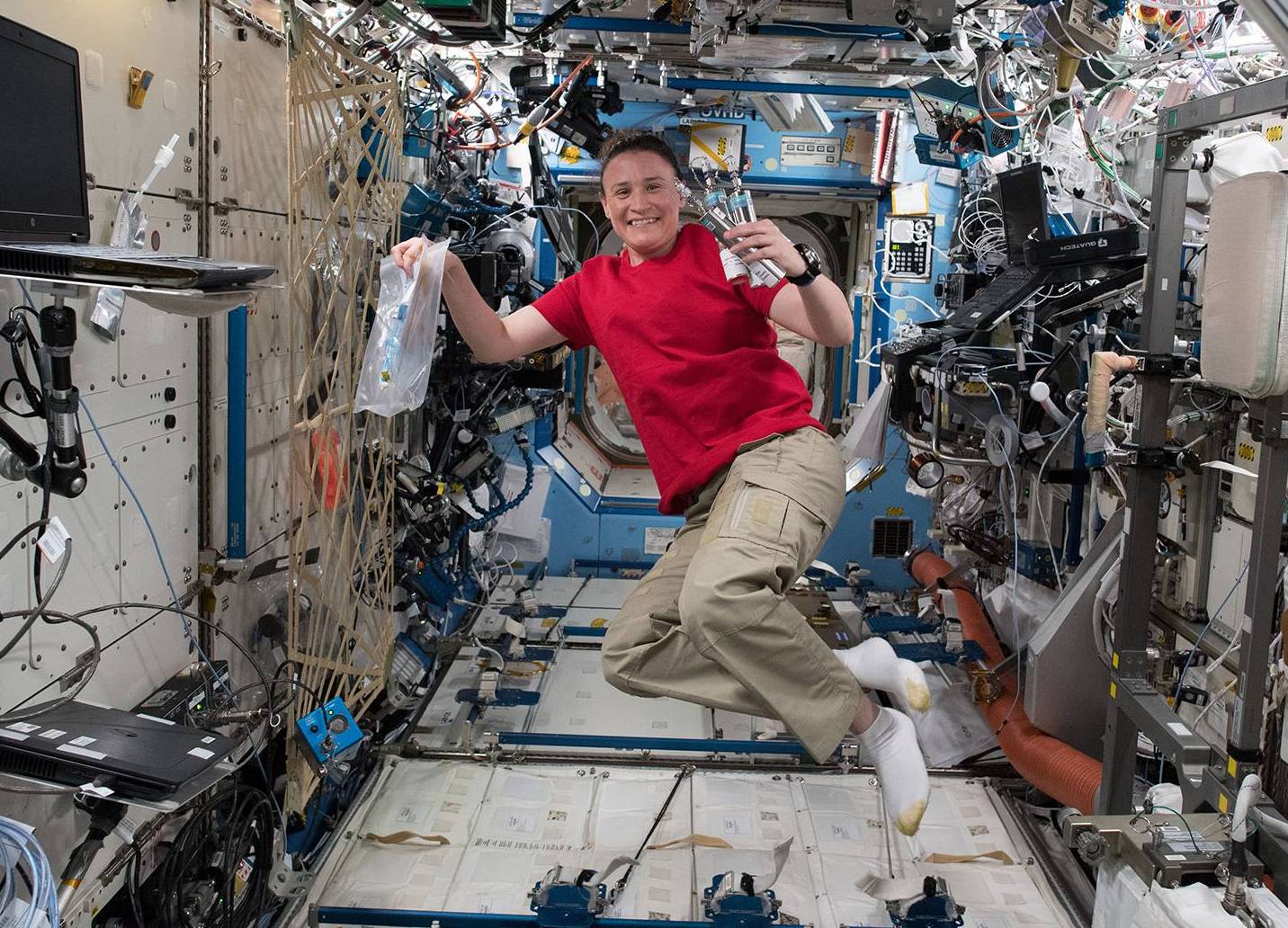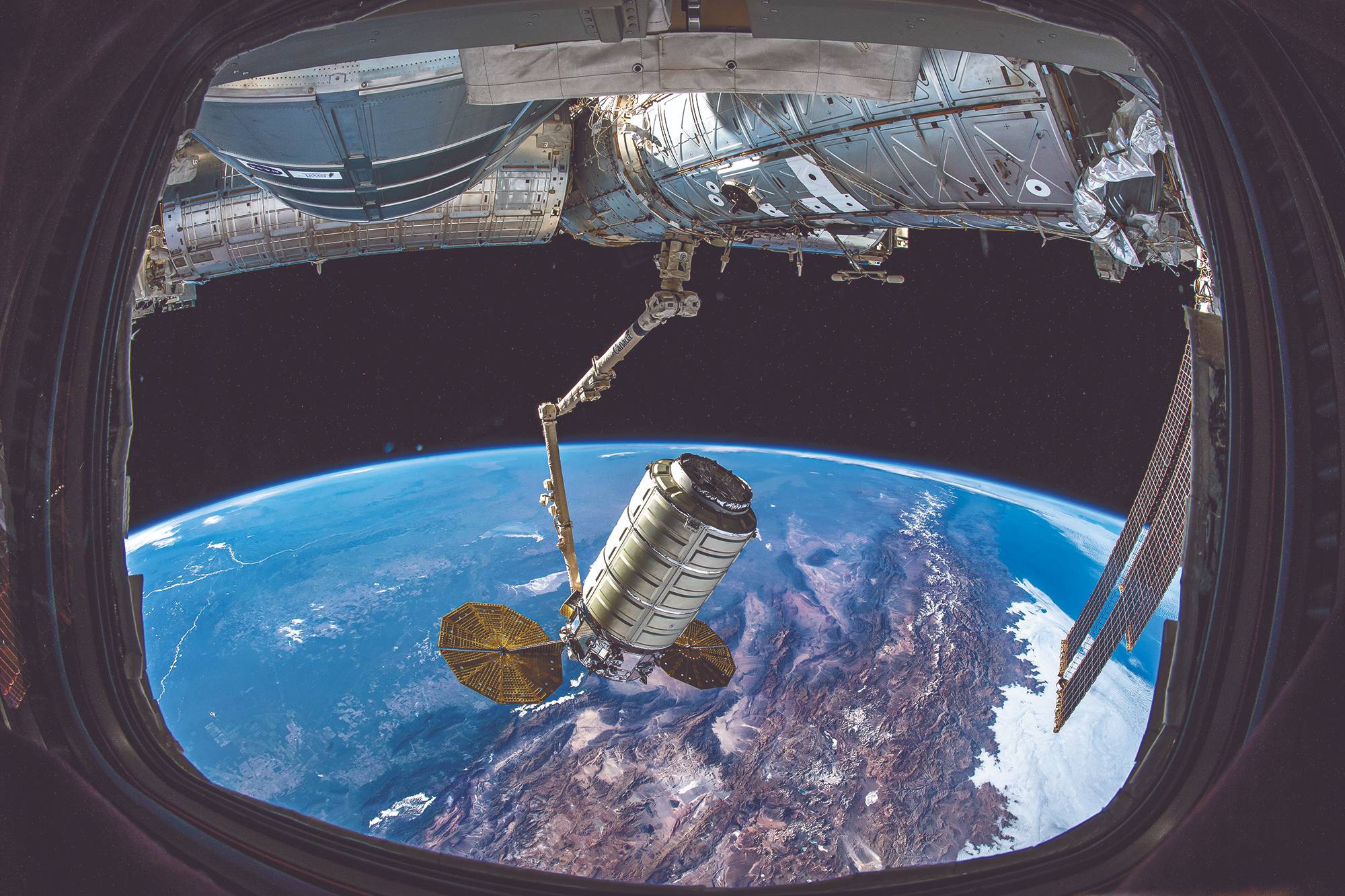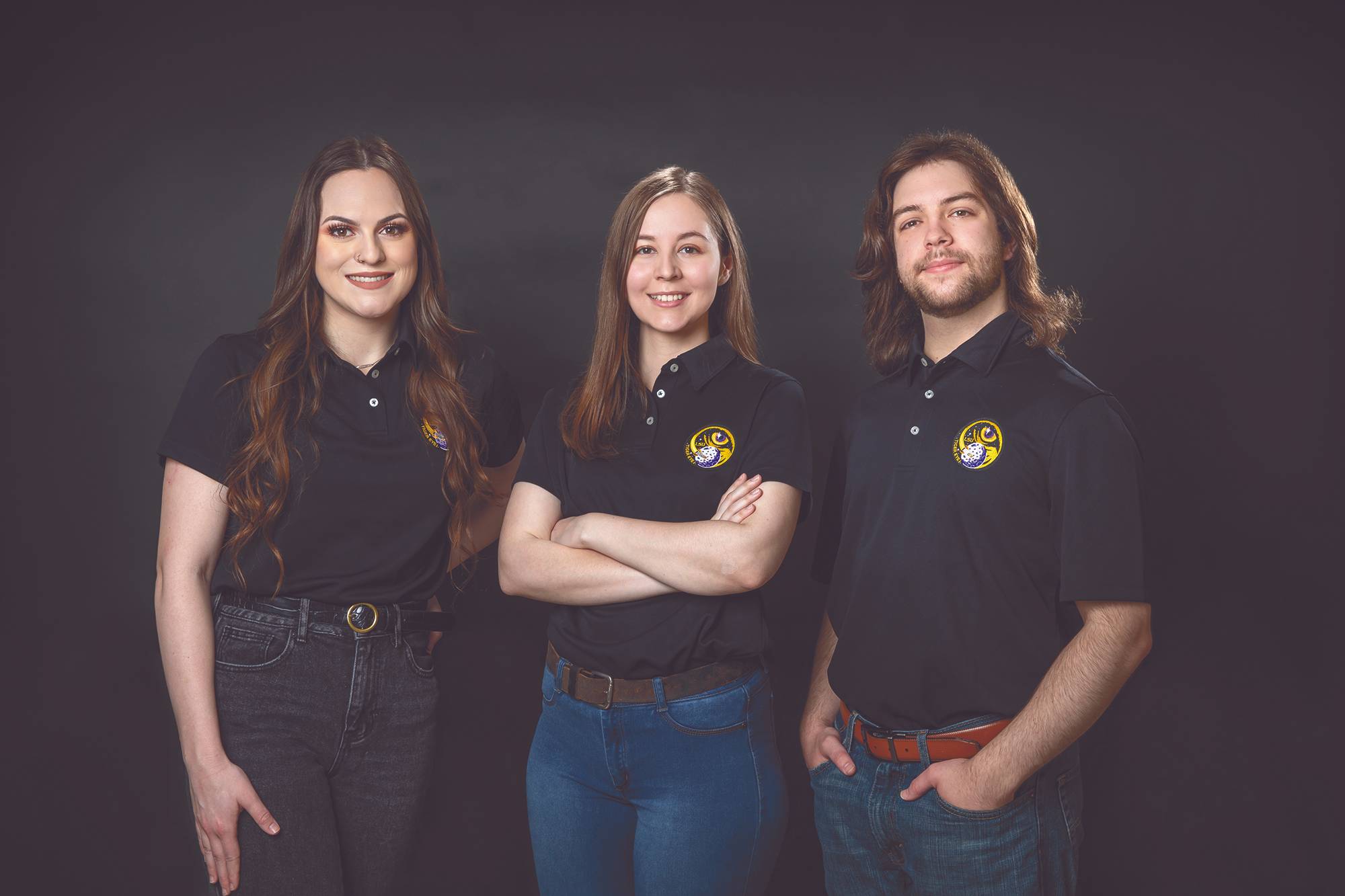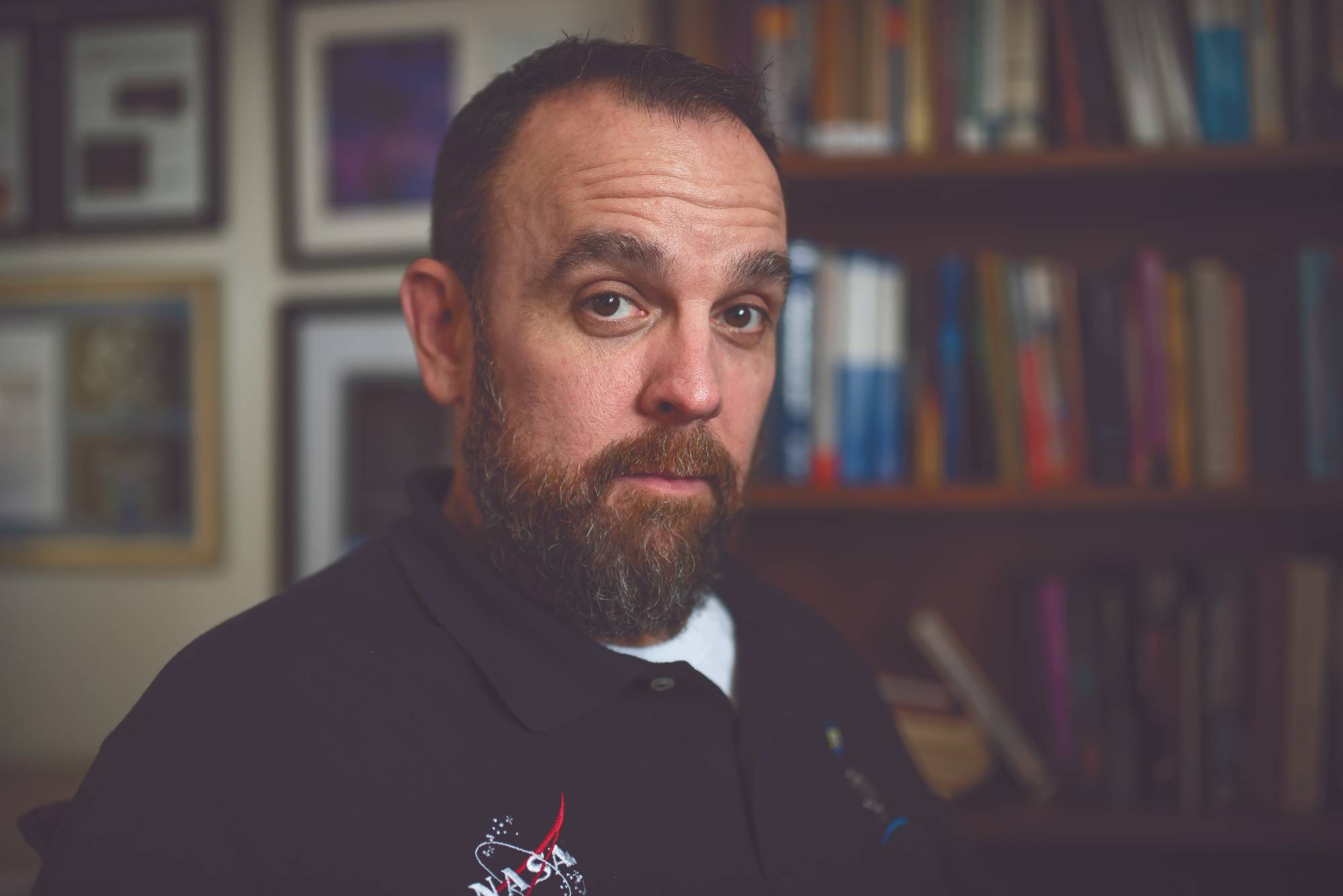LSU faculty work to improve life on Earth and in space
Life in space is a part of NASA astronaut and LSU Health New Orleans School of Medicine
faculty member Dr. Serena Auñón-Chancellor’s reality and experience.
She is a medical doctor who is board certified in internal medicine and aerospace
medicine.
She spent 197 consecutive days aboard the International Space Station. In 2018, she
was the flight engineer for two expeditions aboard the space station that contributed
to hundreds of experiments in biology, biotechnology, physical science, and Earth
science. Dr. Auñón-Chancellor and her fellow astronauts conducted research on new
cancer treatment methods and algae growth. Most of the research conducted on the International
Space Station advances science that helps people back on Earth.
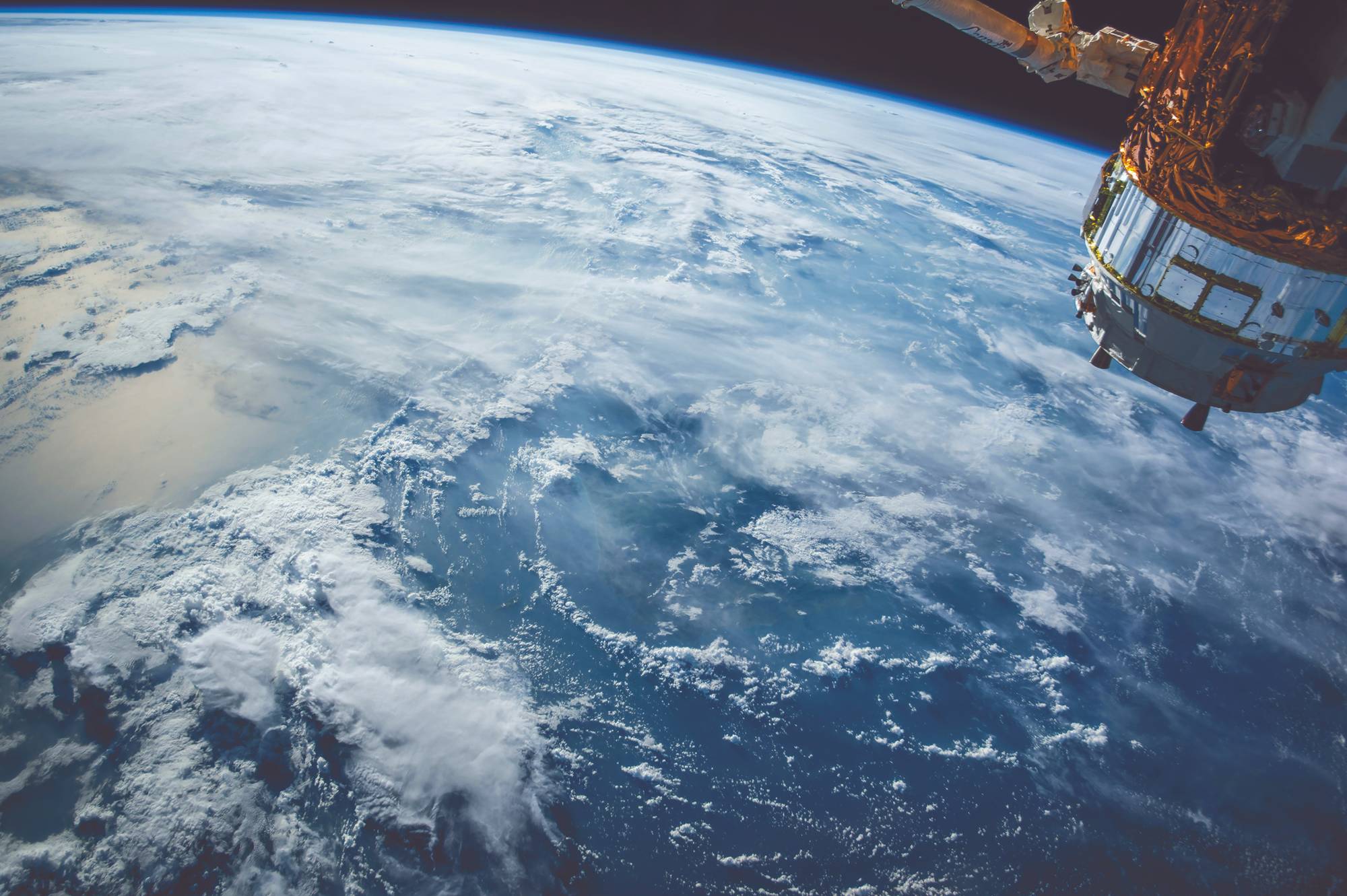 “The life science research that we do on board the space station is for everyone’s
health down here,” she said. “That’s why this is important—the more woman-power and
manpower that we have on orbit, the more science we can do for you, to protect you
and your health back here on Earth.” “The life science research that we do on board the space station is for everyone’s
health down here,” she said. “That’s why this is important—the more woman-power and
manpower that we have on orbit, the more science we can do for you, to protect you
and your health back here on Earth.”
Now, she is a clinical associate professor of medicine at LSU Health New Orleans School
of Medicine’s branch campus in Baton Rouge.
Dr. Auñón-Chancellor and her spouse, LSU Department of Physics & Astronomy Assistant
Professor Jeffery Chancellor, are both striving to improve the human condition on
Earth and in space. Chancellor has a total of nine research grants and leads a group
of scientists who are investigating biological, physiological, and behavioral responses
to spaceflight with $1.8 million of support from NASA’s Human Research Program. He
is focused on finding ways to help protect astronauts’ health and the safety of vehicles
and equipment.
Radiation is one of the major deciding factors between life and death in space. The
continuous background radiation, beyond the Earth’s protective magnetic field, is
one of the hard limits for how much time anyone can spend out there.
LSU medical physics graduate student and Louisiana Space Grant Consortium fellow Megan
Chesal is collaborating with Chancellor and developing intricate, fully digital 3D
visualizations of human bodies, called computational phantoms, that can be used to
study and predict the biological effects of various types of radiation. These computerized
models can show fine detail, on the scale of human cells and DNA, on how different
radiation particles and energies affect specific organs. They can also show how radiation
affects men versus women.
The long-term goal of Chancellor’s research group is to enable long-duration spaceflight—perhaps
even space colonization.
|
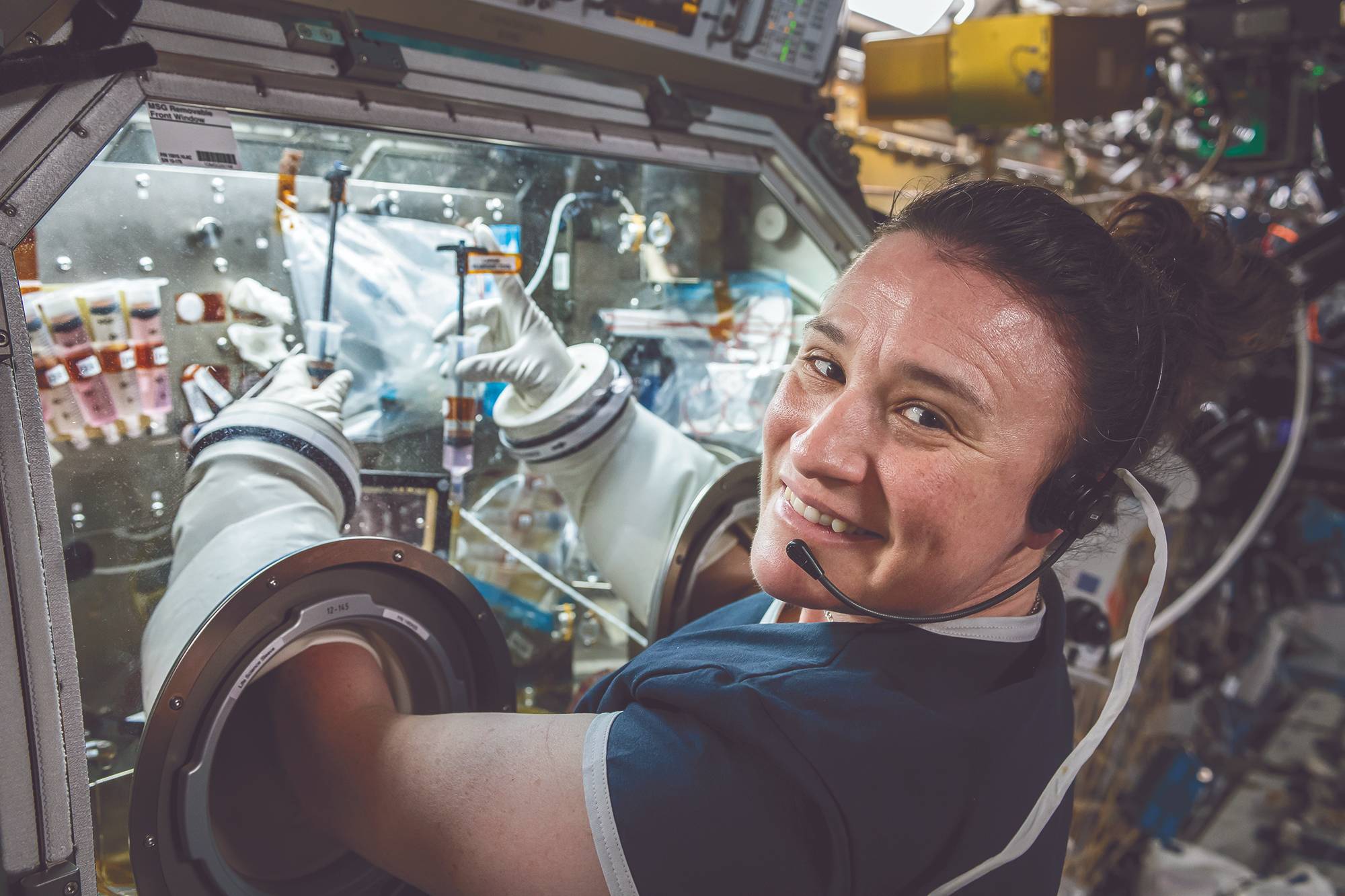



 “The life science research that we do on board the space station is for everyone’s
health down here,” she said. “That’s why this is important—the more woman-power and
manpower that we have on orbit, the more science we can do for you, to protect you
and your health back here on Earth.”
“The life science research that we do on board the space station is for everyone’s
health down here,” she said. “That’s why this is important—the more woman-power and
manpower that we have on orbit, the more science we can do for you, to protect you
and your health back here on Earth.”
